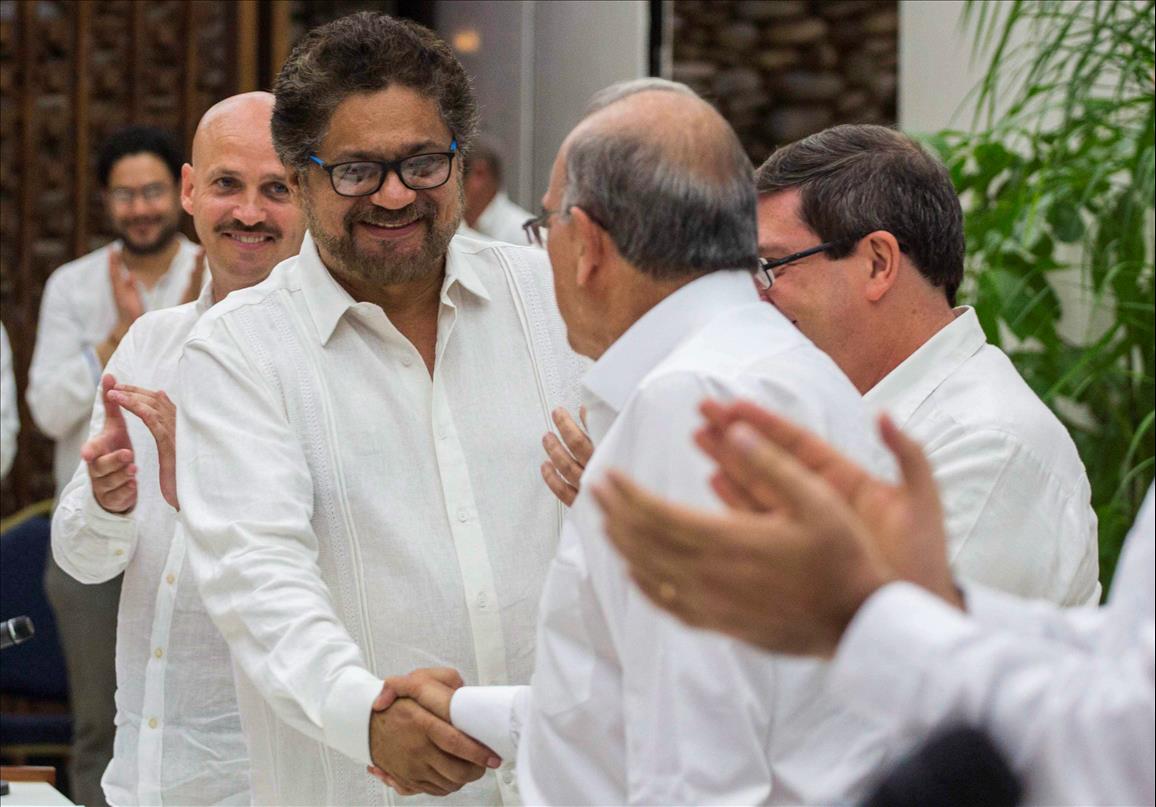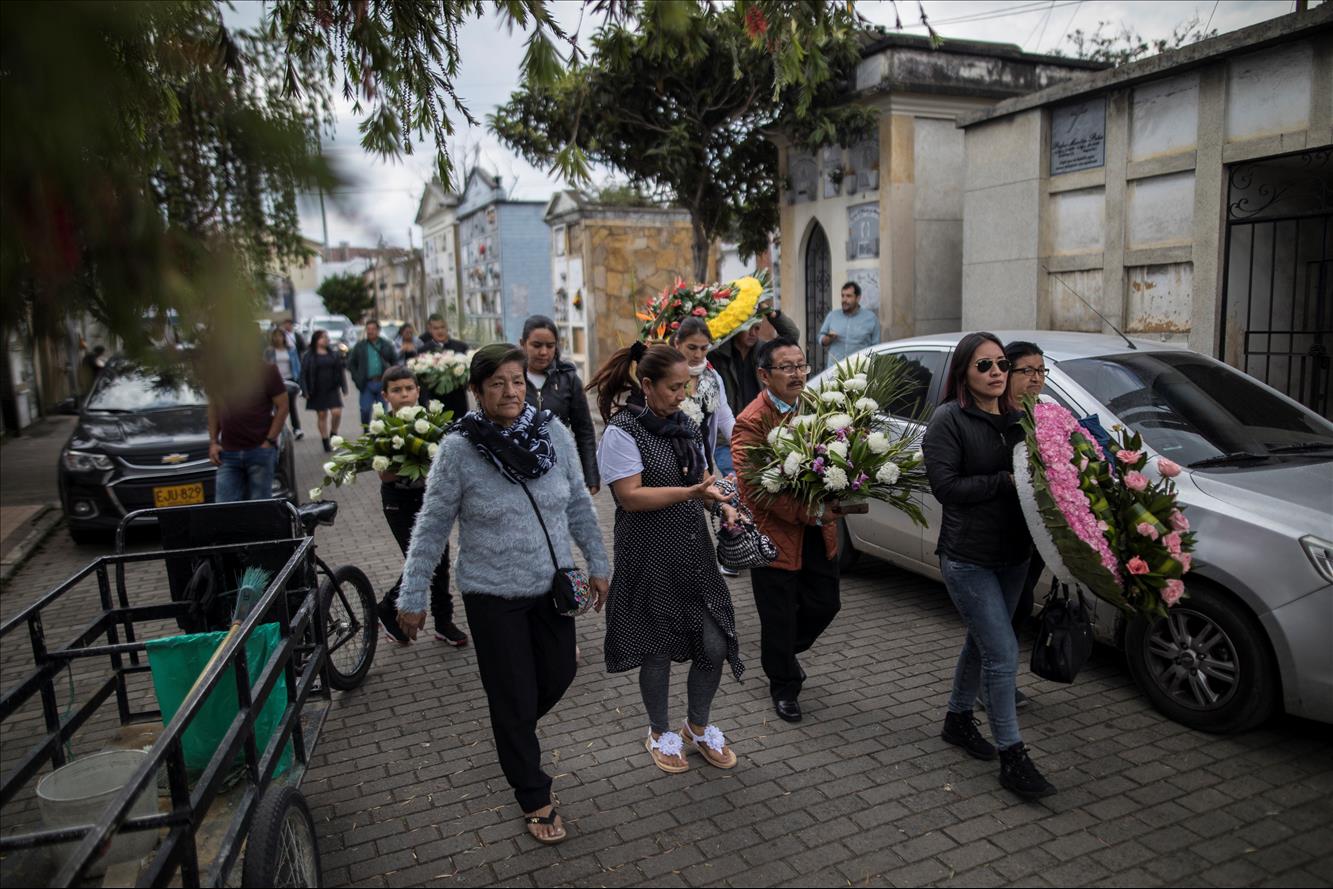Author:
Luna K.C.
(MENAFN- The Conversation) November sees the anniversary of two peace deals — on Nov. 21, Nepal's agreement reaches its 15th anniversary and on Nov. 24, Colombia commemorates its fifth anniversary of the La Havana Peace Deal . In both armed conflicts, women actively participated in combatant roles, challenging gender norms . But what are female ex-combatants experiences when they return to civilian society?
The number of women joining armed groups has grown significantly recently. Research shows that some of the armed groups' ideologies (egalitarian, liberation, equality and justice) resonate with women's personal aspirations , motivating them to participate.
In leftist insurgencies, women are often offered critical roles, such as holding guns, conducting military attacks or commanding troops, typically considered men's roles. When female militants take up arms, it challenges gender roles for both ex-combatants and non-combatant women.
Despite this, they experience social and political setbacks during the transition to peace . Our research in Nepal and Colombia looks at female ex-combatants' reintegration in post-war contexts.
Female ex-combatants' reintegration in Nepal and Colombia
Reintegration starts after disarmament and demobilization : it is a final and crucial stage where combatants transit to non-combatants and “re-embody” civilian values and norms .
Nepal and Colombia have experienced armed conflicts rooted in inequalities and poverty. Nepal faced a decade of civil war (1996-2006) as Maoist rebels sought to end 240 years of monarchy and establish a democratic republic.
Born as a self-defence peasant group, the Revolutionary Armed Forces of Colombia (FARC) was fighting against the state for almost 60 years. After five years of negotiations, the FARC signed a peace agreement in La Havana on Nov. 24, 2016.

Humberto de La Calle, right, head of Colombia's government peace negotiation team shakes hands with Ivan Marquez, chief negotiator of the Revolutionary Armed Forces of Colombia after signing a peace agreement in Havana, Cuba, on Aug. 24, 2016. (AP Photo/Ramon Espinosa) Both groups aimed at ending oppressive structures. The Maoists' war had a strong emancipation agenda . The FARC mobilized its ideology in defence of the poor and advocated for the inclusion of women as combatants. Estimates suggest that women made up 30–40 per cent in both insurgencies .
Nepal's reintegration process started in 2006, and concluded in 2012. In Colombia, the FARC surrendered all weapons to the UN Mission of Verification in June 2017 , reintegration is ongoing.
Reintegration is a gendered phenomenon — women, men and LGBTQ+ people experience it differently. In fact, research on gender and disarmament and demobilization offers several findings, two of which we want to highlight for their importance.
First, disarmament and demobilization programs are gender blind“one size fits all” policy that fails to consider the diverse needs of ex-combatants. Second, female ex-combatants are accepted in wartime and neglected post-war .
Unkept promises?
In Nepal's and Colombia's armed conflicts, female ex-combatants fulfilled roles equal to men . They were combatants, doctors, nurses, strategists, planners and political activists. Despite this, inclusive reintegration and promises of transforming gender inequalities remain elusive .
Nepal's reintegration program was gender blind and entailed false promises. For example, one of the reintegration programs was to integrate Maoist ex-combatants into the Nepali Army . Many mothers wanted to opt for this program, but couldn't participate in the interview process because of care work and difficulties travelling with children. Reintegration policy neglects systematic barriers that work against women and penalizes them.
In order to avoid“trading weapons for cooking pots ,” Colombian female ex-FARC have been exchanging knowledge with ex-combatants in other countries. They have been able promote gender equality in many central aspects of reintegration: land access, women's political participation and“gender-specific psychosocial support .” They have also proposed their own feminist agenda, with“insurgent feminism .”

Relatives and friends of slain Astrid Conde, a former rebel of Revolutionary Armed Forces of Colombia, arrive to the cemetery for her funeral in Bogota, Colombia, in March 2020. (AP Photo/Ivan Valencia) Now, five years after La Havana, much of this work has been diminished. While some women have been able to participate in politics, gain new skills and educational training, many others have experienced depoliticization and increasing individualization . Some admit to not feeling reintegrated.
Women in post-war settings
Female ex-combatants' reintegration illustrates that women are visible during war and invisible during peace. In many cases, they face“triple” rejections: by their families and communities, political party and government .
The Nepal and Colombia peace agreements do not address female ex-combatants' particular needs and fail to transform structural gendered inequalities. Gender, class, race, caste and ethnic-based discrimination are still widespread.
In both countries, many women joined violent armed conflict because they desired to live just and equal lives — they believed war could bring that change.
Despite progress on gender equality in both countries after signing the peace agreements, female ex-combatants are often left out.
In Colombia, our research shows an increase in gender-based violence among ex-combatants, even though female ex-FARC have proposed an extensive plan for their reintegration .
Many are caught between their willingness to participate politically and their fear of re-embodying gender norms they believe comes with reintegration.
What should be done?
We propose five recommendations for gender-inclusive reintegration:
Women's political agency post-war needs to be considered. The multiple facets of their political engagement should be assessed as well as how their skills learned during conflict can contribute to gender equity in peacebuilding. This means not erasing their insurgent identities but how those identities can be transformed. Reintegration programs should implement long-term action plans that provide women with sustained financial, health, education and psychological support. More work is necessary to establish solidarity and political connectedness between female ex-combatants and non-combatants to ensure post-war benefits for all. The reintegration program should assess the diversity of experiences of female ex-combatants and pinpoint a variety of responses concerning their political and economic participation after war. Views on female ex-combatants should be challenged: highlighting the difference between civil and military or victims and perpetrator have proven to reaffirm stigma of female ex-combatants and don't favour their return to civil society. We recommend diversifying reintegration programs . Reintegration should account for the intersections of gender, race and class. It should also consider the intersections of geopolitics, embodiment and emotions in female ex-combatants' transition to civilian society. 
MENAFN18112021000199003603ID1103200650
Legal Disclaimer:
MENAFN provides the information “as is” without warranty of any kind. We do not accept any responsibility or liability for the accuracy, content, images, videos, licenses, completeness, legality, or reliability of the information contained in this article. If you have any complaints or copyright issues related to this article, kindly contact the provider above.